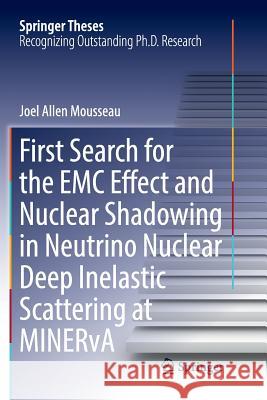First Search for the EMC Effect and Nuclear Shadowing in Neutrino Nuclear Deep Inelastic Scattering at Minerva » książka
topmenu
First Search for the EMC Effect and Nuclear Shadowing in Neutrino Nuclear Deep Inelastic Scattering at Minerva
ISBN-13: 9783319831473 / Angielski / Miękka / 2018 / 147 str.
First Search for the EMC Effect and Nuclear Shadowing in Neutrino Nuclear Deep Inelastic Scattering at Minerva
ISBN-13: 9783319831473 / Angielski / Miękka / 2018 / 147 str.
cena 402,53
(netto: 383,36 VAT: 5%)
Najniższa cena z 30 dni: 385,52
(netto: 383,36 VAT: 5%)
Najniższa cena z 30 dni: 385,52
Termin realizacji zamówienia:
ok. 22 dni roboczych
Dostawa w 2026 r.
ok. 22 dni roboczych
Dostawa w 2026 r.
Darmowa dostawa!
Kategorie BISAC:
Wydawca:
Springer
Seria wydawnicza:
Język:
Angielski
ISBN-13:
9783319831473
Rok wydania:
2018
Wydanie:
Softcover Repri
Ilość stron:
147
Waga:
0.24 kg
Wymiary:
23.39 x 15.6 x 0.89
Oprawa:
Miękka
Wolumenów:
01
Dodatkowe informacje:
Wydanie ilustrowane











